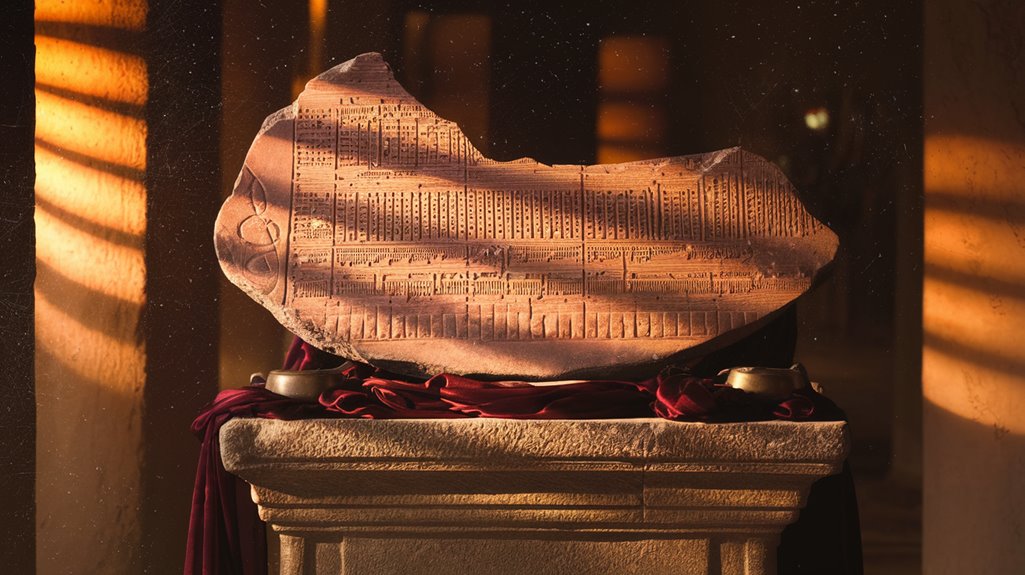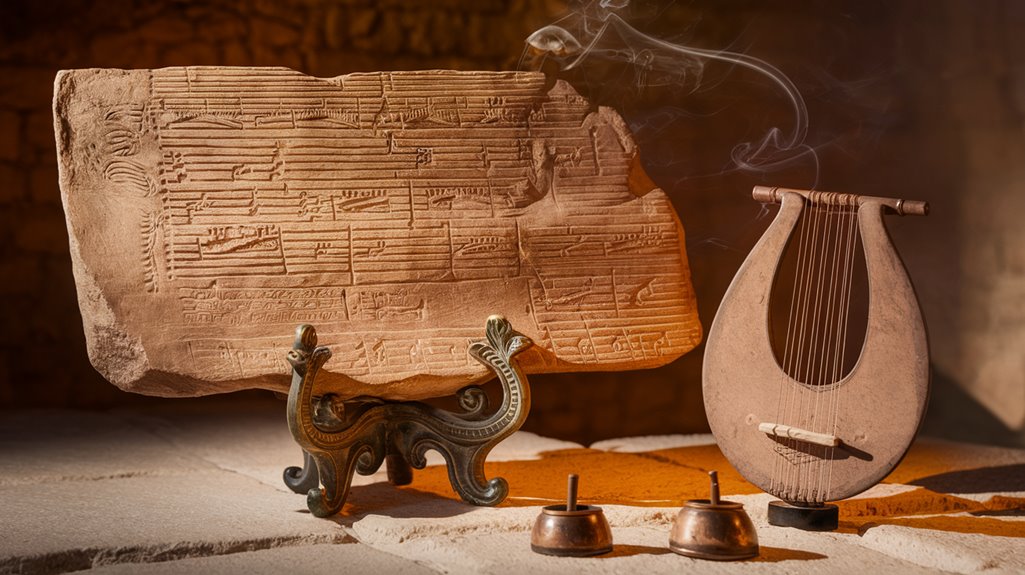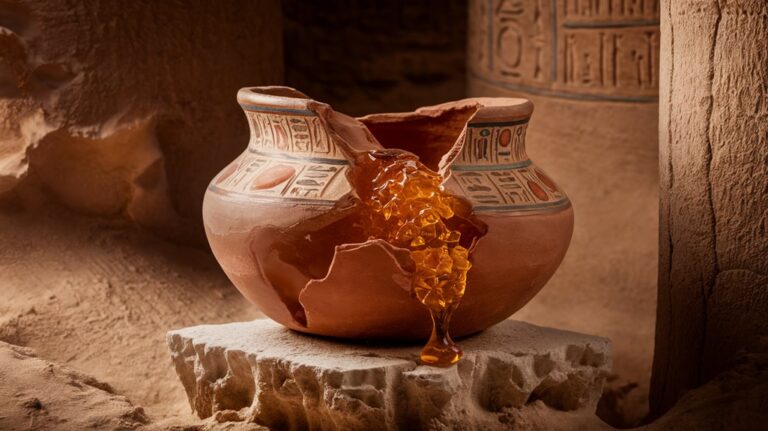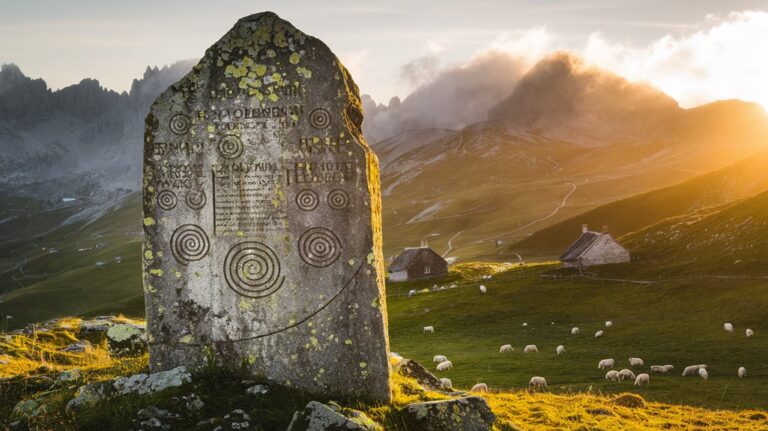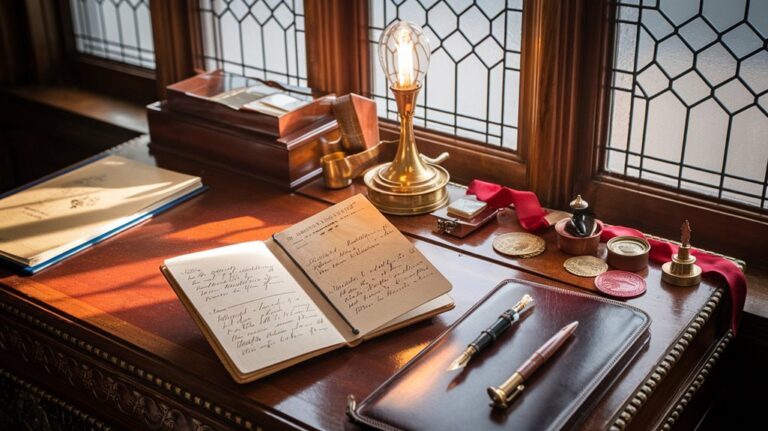The Oldest Known Song Dates Back to the 14th Century BCE
You might not realize that before the pyramids of Egypt reached their peak, humans were already creating complex musical compositions with detailed notation systems. When archaeologists discovered Hurrian Hymn No. 6 in modern-day Syria, they uncovered more than just ancient sheet music – they found a window into humanity's timeless connection with melody. The hymn's dedication to the goddess Nikkal hints at an intricate web of ritual, culture, and artistic expression that's waiting to be explored.
The Discovery of Hurrian Hymn No. 6
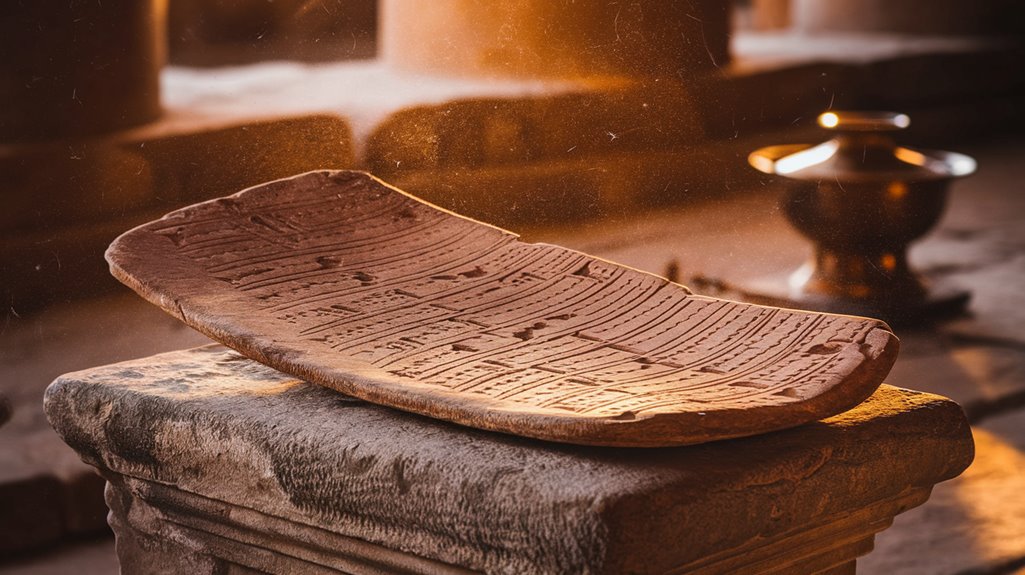
The discovery of Hurrian Hymn No. 6 in the 1950s at Ugarit, Syria, marked a groundbreaking moment in musical history.
When you consider the discovery methods used to unearth this ancient clay tablet, you'll appreciate how it revolutionized our understanding of early music.
The historical significance of this find became clear when Emmanuel Laroche first published his findings in 1955 and 1968.
You'll find it fascinating that scholars Anne Draffkorn Kilmer and Marcelle Duchesne-Guillemin spent years in the 1970s decoding the complex cuneiform notation system.
The hymn's preservation at the National Museum of Damascus has allowed researchers to study its unique musical instructions for a nine-stringed lyre, though translating the Hurrian language and interpreting missing tablet sections remains challenging.
The hymn was originally dedicated to the goddess of orchards Nikkal, reflecting the deep religious and cultural significance of music in ancient times.
The Hurrians would continue to create and perform music until 1000 BCE, when they disappeared from historical records.
Today, multiple interpretations of this remarkable piece exist, each offering different insights into ancient Near Eastern music.
Ancient Origins and Cultural Context
Building upon the archaeological discoveries at Ugarit, you'll find that Hurrian Hymn No. 6 originates from a rich cultural tapestry dating back to approximately 1400 BCE.
This remarkable piece of ancient history reflects the sophisticated musical traditions of the Near East, deeply rooted in Hurrian mythology and ancient rituals.
The hymn's cultural significance is evident through:
- Its dedication to Nikkal, the revered goddess of orchards
- Its role in wedding ceremonies celebrating the union of Nikkal and Yarih
- Its unique notation system combining Hurrian language with Akkadian musical terms
- Its continued influence on modern musical interpretations
You're witnessing a remarkable bridge between eras, as this hymn wasn't just a simple melody but a complex cultural artifact that combined religious devotion, musical sophistication, and ceremonial importance in ancient Syrian society. The discovery of this melody on a clay tablet from Sumeria provides crucial evidence of early musical notation systems.
The discovery of the hymn in the Royal Palace at Ugarit during excavations in the 1950s has provided invaluable insights into ancient musical practices.
Musical Structure and Instruments
Studying medieval musical structure reveals three distinct developments that revolutionized ancient composition: polyphonic arrangements, the modal system, and staff notation.
You'll find that polyphonic music evolved from simple two-voice organum to complex motets featuring multiple melodic lines, often using rhythmic modes similar to today's 6/8 meter. Johannes de Garlandia established these rhythmic modes with his comprehensive treatise. Early church music relied on monophonic texture with monks singing prayers in unison.
The medieval modal system offered composers eight church modes, each defined by its final tone, reciting tone, and range. These modes gave musicians a framework to create diverse melodies.
Medieval instruments like the dulcimer, which transformed from a plucked to a hammered instrument, accompanied these compositions. Wind, percussion, and stringed instruments added depth to performances.
Thanks to Guido of Arezzo's staff notation system, composers could write intricate works with multiple melodies, setting the foundation for modern music notation.
Preservation Through the Ages
Throughout history, preserving ancient music has posed significant challenges for scholars and historians. The notation evolution from simple signs to complex staff systems shows how humans have struggled to capture and maintain musical knowledge across generations.
You'll find these fascinating challenges in music preservation:
- Most early music relied on oral transmission, making it difficult to maintain accuracy over time.
- Ancient materials like clay tablets and wooden instruments often degraded, leaving fragments of musical history.
- Early notation systems couldn't effectively convey rhythm, creating interpretation problems.
- Sacred music was preserved more frequently than folk music, giving us an incomplete picture.
The development of the modern five-line notation in the 17th century marked a crucial advancement in music preservation.
Today, you can see this preservation journey through discoveries like the Hurrian Hymn No. 6, which survives as our oldest known melody, thanks to clay tablets that withstood time's test. When archaeologists found this ancient melody at Ugarit in Syria, they unlocked a musical treasure that had been silent for over three millennia.
Modern Interpretations and Performances
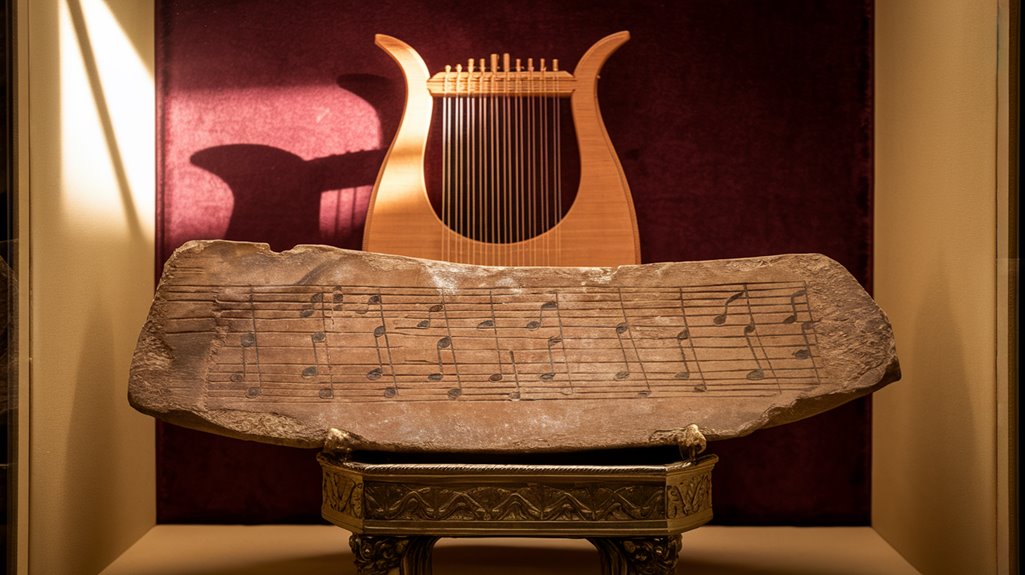
Modern performances of the Hurrian Hymn No. 6 face unique challenges in bridging a gap of over 3,000 years. You'll find that scholars and musicians grapple with translation uncertainties and mysterious notation systems while trying to recreate this ancient piece authentically.
Modern adaptations have taken various forms, from Syrian American composer Malek Jandali's orchestral interpretation to simpler renditions using the traditional nine-stringed lyre. Similar to medieval music study, performers today acknowledge that direct sound access to original performances is impossible. The earliest decoding of this ancient hymn was accomplished by Dr. Ann Kilmer in 1974.
While the original piece served as both a religious dedication to goddess Nikkal and a wedding ritual song, today's performances maintain its cultural relevance through educational and artistic exploration.
You can experience different versions that use instruments like the fiddle and gittern, though each choice affects how we interpret the melody.
These contemporary performances help preserve the hymn's significance while advancing our understanding of musical evolution.

